Aerospace & Defense Roundup: April. 22
April 23, 2021
Spire Global Plans Second Debris-Monitoring Satellite With Findus
Spire Global is to build a second smallsat to monitor microdebris in low Earth orbit with funding from Austrian new-space investor Findus Venture. The Adler-2 satellite is planned for launch in the fourth quarter of 2022, to follow the Adler-1 cubesat scheduled for launch in December 2021. Credit: Austrian Space Forum

Airbus, JetBlue Back Zero-Emission Startup Universal Hydrogen
Zero-emissions propulsion startup Universal Hydrogen has raised $20.5 million in Series A funding from investors including the venture arms of Airbus, JetBlue Airways and Toyota. The funding will allow the company to complete a 2-megawatt fuel-cell powertrain and test both gaseous and liquid hydrogen capsules for its end-to-end hydrogen infrastructure for aviation. Credit: Universal Hydrogen

LeoLabs Commissions Costa Rica Space Radar
Space situational awareness startup LeoLabs has declared its fourth space radar site fully operational in Costa Rica. Joining sites in the U.S. and New Zealand, the Costa Rica Space Radar gives the company full coverage of low Earth orbit (LEO), including satellites close to the equator in low-inclination radars. Credit: LeoLabs

Bye Takes On King Air With All-Electric EFlyer 800
Bye Aerospace has launched development of the eFlyer 800, an eight-seat, all-electric competitor to Textron Aviation’s Beechcraft King Air 260 turboprop. Aimed at the air taxi, cargo, regional and charter markets, the aircraft will have one-fifth the operating costs of turboprop twins, Bye said. Credit: Bye Aerospace

New Turkish Glide Bomb For Akinci Drone Emerges
Turkey’s Roketsan has developed a new glide bomb to be used with the Baykar Makina’s Akinci twin-engine medium-altitude, long-endurance unmanned air system. The weapon, called MAM-T, is the latest in a family of weapons designed for use with Turkey’s indigenous armed UAVs. It was disclosed by the two companies as they announced the first successful releases from the Akinci air vehicle on April 22. Credit: Roketsan

USAF Measuring F-35 Affordability By Tails, Not Flying Hours
The U.S. Air Force has determined lifecycle affordability for the F-35 is best captured by the cost per tail per year (CPTPY) instead of flying-hour cost, but there are mixed opinions among the services on how to make the fifth-generation fighter affordable. Credit: Lockheed Martin
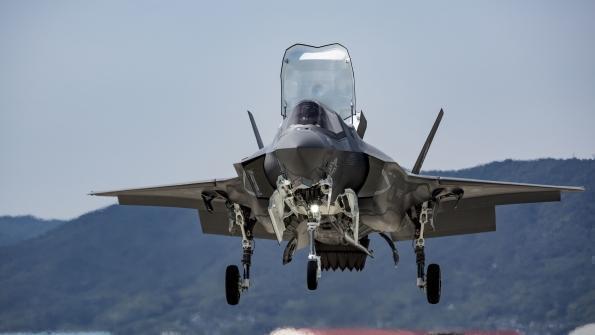
Credit: USAF
F-35

Turkey’s Ouster From F-35 Program Results In F135 Engine Cost Hike
Credit: U.S. Air Force
F-35A
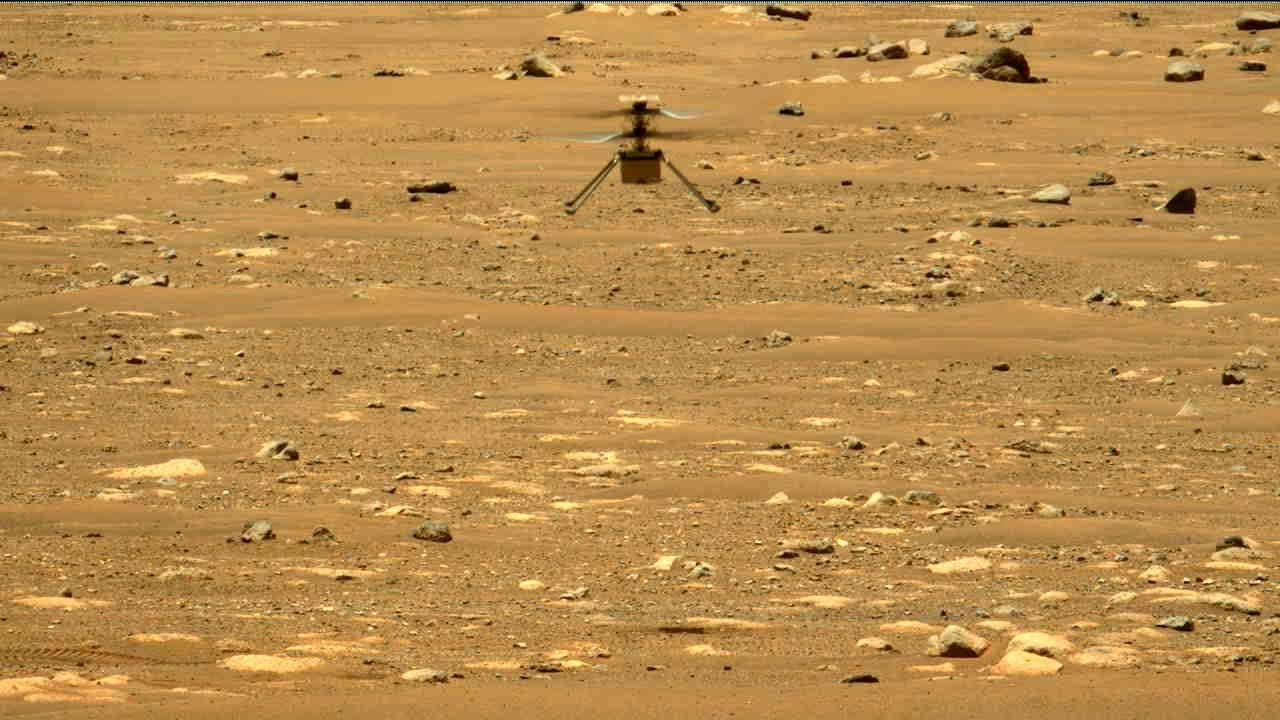
NASA’s Ingenuity Helicopter Makes Second Flight On Mars
NASA’s Ingenuity helicopter added 51.9 sec. of flight time during a second demonstration of controlled, powered flight on Mars. The flight, which took place on April 22 at 12:33 p.m. Mars time (5:33 a.m. EDT), also tested the rotorcraft’s ability to tilt, allowing some of the thrust from the dual contra-rotating rotors to accelerate the craft sideways for 7 ft., NASA said. Credit: NASA/JPL-Caltech/ASU/MSSS
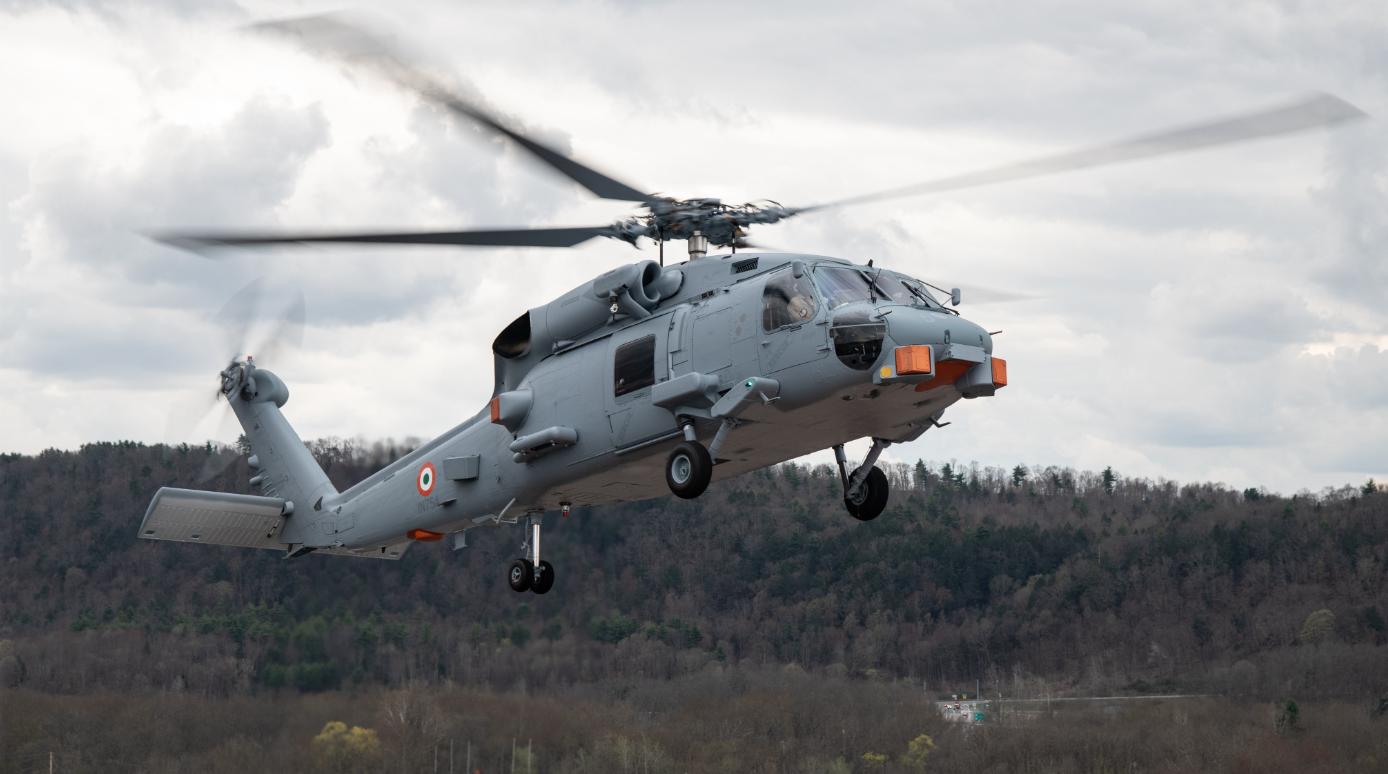
Indian Navy MH-60 Makes First Flight
The first MH-60R helicopter for the Indian Navy flew for the first time in Owego, New York, where Sikorsky is producing the aircraft, U.S. Naval Air Systems Command said in a tweet. India, which is on a path to build a 445-aircraft fleet by 2030, has purchased 24 of the aircraft. The U.S. State Department cleared the deal in April 2019 at an estimated cost of $2.6 billion. Credit: U.S. Navy

ISS Vet Champions Gene Research For Future Space Exploration
Celebrated as the first person to sequence DNA in space, NASA astronaut Kate Rubins returned from her second voyage to the International Space Station (ISS) April 17 having helped to advance the far-reaching technology and eager to see it become part of future human expeditions to the Moon and Mars. Potential applications range from monitoring spacecraft environments for harmful bacteria and viruses, diagnosing possible astronaut illnesses far from Earth, facilitating the growth of fresh vegetables with nutrients that would not otherwise be available on deep space missions and documenting the habitable nature of environments on the Moon and Mars prior to human exploration activities. Credit: NASA

Rideshare Partner Delays Navigation Technology Satellite-3 Launch
The U.S. military has pushed launch of the Navigation Technology Satellite-3 (NTS-3) into fiscal 2023 at the request of a rideshare partner. NTS-3 is the top mission in the Defense Department’s 2021 Space Experiment Review Board and was manifested for launch as a rideshare payload through the Space Test Program, NTS-3 program manager Arlen Biersgreen said in an April 21 statement to Aerospace DAILY. The original launch date was scheduled for fiscal 2022. Credit: 2d Lt Jacob Lutz, AFRL/RV
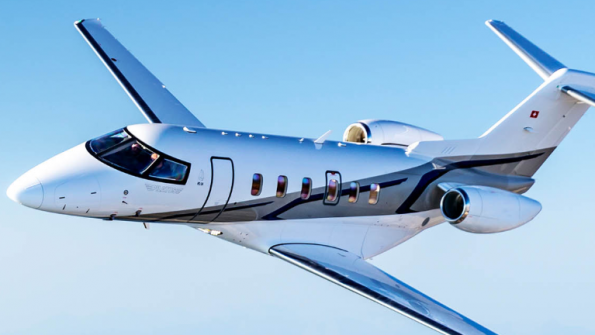
Qatari Air Force Orders Pilatus PC-24s
Qatar’s air force is to become the second military customer for Pilatus’ PC-24 business jet, the Swiss manufacturer has revealed. Two PC-24s were ordered by the Qatar Emiri Air Force last November, the company revealed in its 2020 annual report published April 22. Credit: Pilatus

Startup Plans To Identify Energy-Wasting Buildings From Space
UK startup Satellite Vu has raised £3.6 million ($5 million) in seed funding to begin building a thermal-imaging satellite constellation that will be able to measure the energy efficiency of any building in the world from low Earth orbit (LEO). The funding will enable Satellite Vu to begin construction of its first satellite for launch in 2022. The planned constellation will use high-resolution infrared cameras to collect temperature data day and night, with the ability to image the thermal footprint of any building globally every 1-2 hr. Credit: Satellite Vu
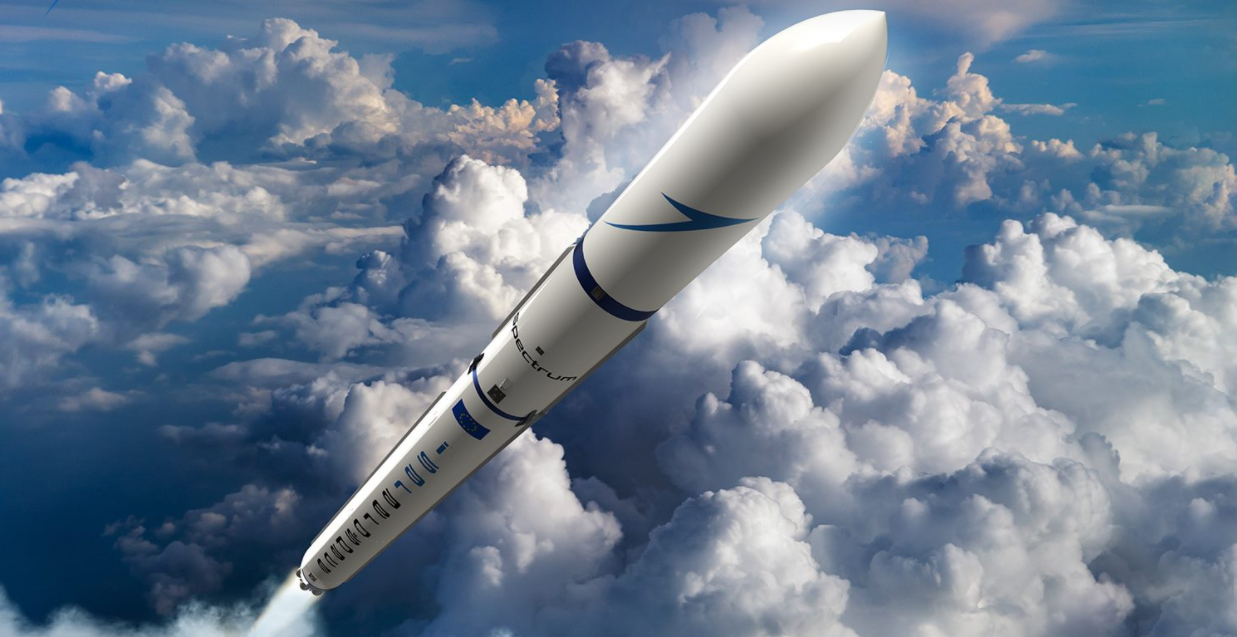
Airbus Commits To Using Isar’s Spectrum Micro-Launcher
Satellite manufacturer Airbus Defense and Space has committed to one launch and an undisclosed number of optional launches with Isar Aerospace’s Spectrum micro-launcher. The contract is the first such announcement between an established player in the space industry and a startup launch service provider in Europe. Airbus will use Spectrum for at least one small Earth observation satellite. The CO3D program, which combines high resolution (50 cm) and lower costs, is a possibility. Credit: Isar Aerospace
Airbus and JetBlue back zero-emission startup Universal Hydrogen, New Turkish glide bomb for Akinci drone emerges, USAF measuring F-35 affordability by tails, Netherlands grounds F-35s over engine wear concerns, NASA's Ingenuity helicopter makes second flight on Mars and more. A roundup of aerospace, space and defense news powered by Aviation Week Intelligence Network (AWIN).
AWIN members can access the full-length articles and analysis by logging in.